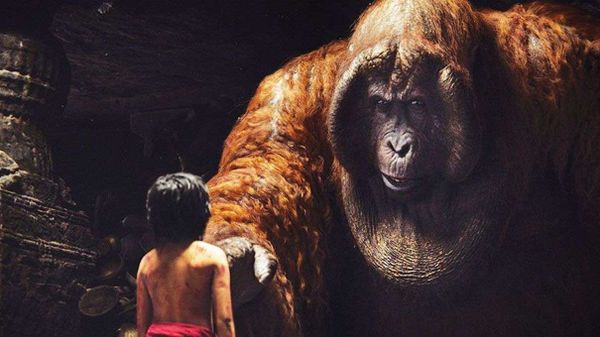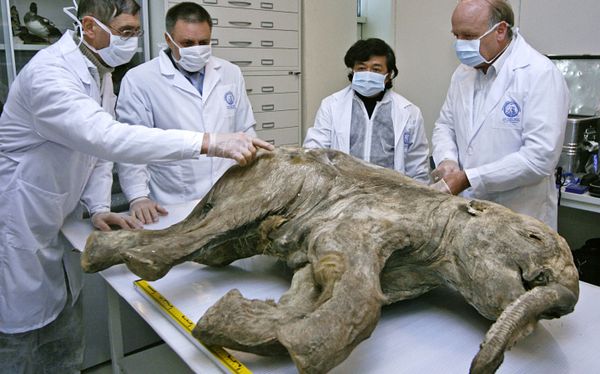
You've no doubt heard about the Tasmanian devil or, better yet, even seen an animated version of the whirling dervish in a Looney Tunes cartoon. But what about the Tasmanian tiger? Actually not even a tiger at all — instead a marsupial scientifically known as the thylacine (Thylacinus cynocephalus) — this creature is thought to have gone extinct almost 100 years ago. But did it really? Well, while many experts believe that the last-known thylacine died at Australia's Hobart Zoo in 1936, yet others ardently claim that the animal still exists because they have spotted one or more in the wild.
"The international, Australian and state definition of an extinct species is that there has been no reliable evidence of the species for 50 years," states Kathryn Medlock, honorary curator of vertebrate zoology at the Tasmanian Museum & Art Gallery, in an email interview. "By this definition, they are officially an extinct species. Although designated as officially extinct, it is difficult to prove that something is not there as opposed to proving it is. There are many cases of species being 'rediscovered' after many years of supposed extinction."
Advertisement
According to Rick Schwartz, an animal ambassador for California's San Diego Zoo, Tasmanian tigers became an extinct species in the 1930s. "Since then," he wrote in an email, "there have been a few claims that they have been seen for brief moments in the wild. However, no substantial evidence has proven they exist at this time."
Neil Waters of the Thylacine Awareness Group of Australia disagrees. "Do I think the animal is extinct? No, because I have seen two and been coughed/barked at by one in South Australia in 2018," he said via an email interview. "There have been more than 7,000 documented sightings of thylacines (or animals that appear to be thylacines), with the majority of those sightings on mainland Australia.
"According to the scientific formula applied to mammals, though, it is extinct and has been since 1936," Waters adds. "For 50 years, the animal was considered rare and endangered. This fact inconveniently keeps the animal as a recent extinction, rather than an ancient one we should lose hope over and forget about."
On May 19, 2020, the National Film and Sound Archive of Australia (NFSA) released a short newsreel clip, digitized in 4K, of the last surviving thylacine as he stalked his enclosure in 1935:
Advertisement

